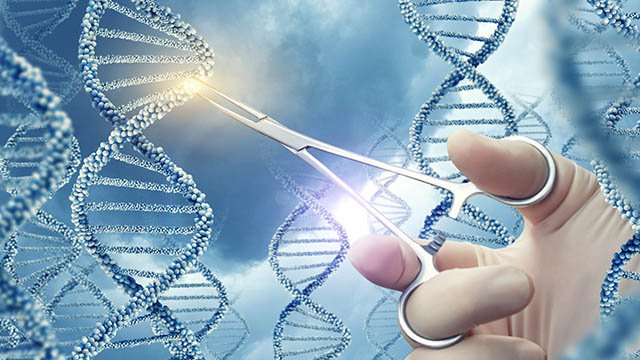Following creation of a double-strand DNA break by the CRISPR gene-editing tool, the repair can unexpectedly include the insertion and rejoining of the broken DNA ends of the recombination template DNA used, or the insertion of contaminating DNA present in materials used in the plant tissue culture. This insertion of extraneous DNA in the genome of the plant, which can take place at off-target sites as well as the intended on-target editing site, has the effect of introducing new gene functions, as well as disrupting the function of host genes. These effects can combine to alter the biochemical function of the plant in unexpected ways.
Reports (Norris et al., 2020; Skryabin et al., 2020; Molteni 2020) describe insertion of the whole plasmid DNA molecules that acted as the recombination template (for the SDN-2 or SDN-3 procedure.) The insertion of these plasmid DNA templates will invariably result in at least one antibiotic resistance gene being incorporated in the genome, as these are a component of plasmids. This risks transfer of antibiotic resistance genes to disease-causing bacteria in the environment and more worryingly, in the gut of the consumer, which would compromise medical use of antibiotics.
Norris AL et al (2020). Nat Biotech 38(2):163-164. https://www.nature.com/articles/s41587-019-0394-6
Skryabin BV et al. (2020). Science Advances 6(7), eaax2941. https://advances.sciencemag.org/content/6/7/eaax2941
Ono R et al (2019). Communications Biology 2: 57. https://www.nature.com/articles/s42003-019-0300-2.pdf?origin=ppub
Ono, R. et al. (2015). Double strand break repair by capture of retrotransposon sequences and reverse-transcribed spliced mRNA sequences in mouse zygotes. Sci. Rep. 5, 12281.


